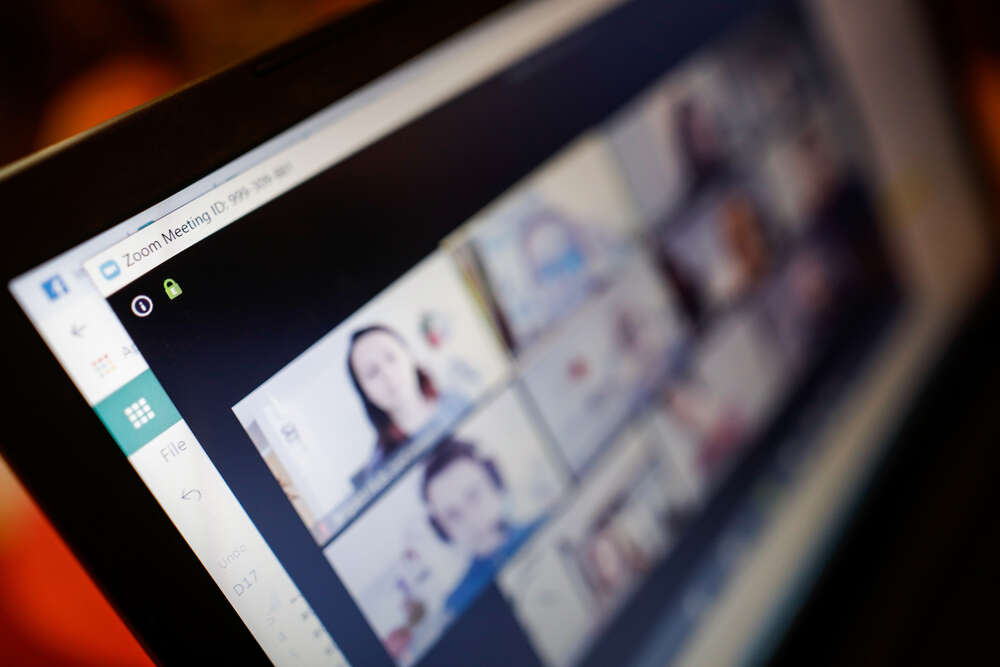
On Tuesday 30th April, Tech Monitor welcomed Charity IT Leaders, an IT and digital networking group for the UK charity and not-for-profit sector, as our guest editor. The group commissioned three articles from leaders in the network. Here, CITL chair Matt Jago reflects on a year to remember for technology leaders in the charity sector and asks what might come next.
I defy any organisation outside of the medical field to say that they had a full global pandemic strategy in their business continuity plan. Sickness, yes. Office closures, of course. System downtime, always. But a full year of most staff working at home, home-schooling our children whilst having one-to-ones with our line managers, and of course, saying “you’re on mute” at least ten times a day? No one could have predicted the unique challenges that 2020 threw at us.

Like the health and education systems that have always been there, IT was suddenly asked to deliver more than ever before, with even less notice. The government’s request may have sounded simple: staff now needed to work from home. Perhaps some already did from time to time. Except this wasn’t ‘some’ or ‘occasionally’, but all staff suddenly moving to remote working, whatever their role or home set-up.
Some already had work laptops, and some had even taken them home the day before lockdown started. Others had their own devices and were sharing those with the rest of the family. Internet connections were pushed beyond their limits with a combination of video calls, media streaming services, and more online gaming than the e-sports world championships. Passwords kept on post-it notes in desk drawers had to be reset and IT departments were propelled into a socially distanced version of business continuity that they could never have predicted.
After the initial panic, the realisation dawned that this would not be over in three weeks. Monitors, webcams and printers flew off the virtual shelves almost as quickly as toilet paper. Facilities teams were asked to perform remote workstation assessments for kitchen tables and sofas. Coffee machine catch-ups were replaced by Friday quizzes or virtual socials. And in the face of an ever-moving, indistinct finish line, IT departments had to continually adapt, shifting from crisis mode to ‘business as unusual’. Not content with simply keeping the lights on, they grasped the opportunity to go from pilot to full release in days, not weeks or months. User adoption was almost guaranteed and if it didn’t work, then workarounds were made on the fly. Innovation became the norm. IT and other back-office functions were suddenly in the limelight, working on the frontline of their organisations. No longer did people only think about IT when something went wrong, or it was almost too late.
No longer did people only think about IT when something went wrong, or it was almost too late.
So, what next? Lockdown restrictions are beginning to ease, but there’s no rush to get back to ‘normal’ across the board. We’ve all missed family and friends, but will we rush back into the office? Some have thrived working from home, experiencing more freedom, no crowded commute, even some cost savings. Others have felt like a prisoner in their own home, with no change of scenery and the struggles of either being alone with no one to talk to or in an overcrowded house with too much noise and no escape room to hide in for five minutes’ peace. The media has been on a rollercoaster, one minute declaring that office space is no longer needed and remote working is the future, and the next welcoming the return to the office. Time will tell, but it is certainly clear that former office-based roles must now be more flexible. We have proved that the technology works and that processes can be adapted, even improved upon.
IT after the pandemic: what comes next?
But all of this was due to the necessity of survival. Everyone was in a similar boat. What will happen, though, when half of staff are in the office and half remain at home? Will everyone still “dial-in” to meetings? Will “away-days” become office days when teams all plan to be in the office at the same time? Will office desks become the new sun lounger battleground, with staff turning up early to book the best desks with coats and coffee mugs instead of towels? How do we, as technology providers, allow for ever-more flexibility on a permanent basis. And most importantly, will organisations once again forget how much of an asset technology is?
As technologists, we have always known that anything is possible, and we have now proved what can be done. Will the expectation remain? Will we be expected to deliver the impossible on zero notice? Okay, so that’s unlikely to ever go away! But will funding continue to be made available? And will we know how to “unmute” ourselves in our next face-to-face meeting? To stand up and say that, even though we are back in the office, we are not a back-office function? As technologists, it’s vital that we find our voices and build the relationships that enable us to remain at the heart of the conversation, rather than a footnote.
For myself, I am thankful that we have stuck together. At Charity IT Leaders, our events, like many others, went from physical meet-ups, filled with networking opportunities, to virtual events including a two-week virtual festival. Conversations were more important than ever as we all took solace from sharing knowledge and knowing that others were going through the same battles. So, what is next? Technology will continue to adapt and amaze, as will we. Whatever the world throws at us, we will continue to approach the problem with the same professionalism, determination and resolve. We are IT and together we can achieve anything.






